1. Standing Screen Display Size
The standing screen display size typically refers to the diagonal measurement of the screen. For many laptops featuring an Intel Core i7 processor, common sizes range from 13 inches to 15.6 inches. However, specific models may vary, so it is essential to check the exact model for precise measurements.
2. Screen Resolution
Screen resolution indicates how many pixels are displayed on the screen. Common resolutions for laptops in this category include:
- Full HD (1920 x 1080): This is standard for most modern laptops.
- HD (1366 x 768): This is less common but still found in some budget models.
3. Max Screen Resolution
The maximum screen resolution supported by a laptop can often exceed its native resolution due to external display capabilities. For example, many laptops support resolutions up to 3840 x 2160 (4K) when connected to compatible external monitors.
4. Processor
The processor in this model is an Intel Core i7, specifically from the 8th generation lineup (Coffee Lake). These processors are known for their improved performance and efficiency compared to previous generations, offering features like:
- Quad-core or Hexa-core configurations.
- Base clock speeds typically ranging from 1.8 GHz to 2.6 GHz, with Turbo Boost capabilities that can increase speeds significantly under load.
5. RAM
This model includes 16GB of RAM, which is considered ample for multitasking and running demanding applications smoothly. The RAM type is usually DDR4, which offers higher speeds and better power efficiency compared to older DDR3 memory.
6. Memory Speed
The memory speed for DDR4 RAM commonly ranges from:
- 2400 MHz to 3200 MHz depending on the specific configuration and manufacturer choices.
7. Hard Drive
The storage capacity mentioned is 256GB, which likely refers to a Solid State Drive (SSD). SSDs provide faster data access speeds compared to traditional Hard Disk Drives (HDDs), resulting in quicker boot times and application loading.
8. Chipset Brand
Typically, Intel chipsets accompany Intel processors; thus, you would expect an Intel chipset brand such as:
- Intel HM370 or similar series that supports the 8th generation processors.
9. Card Description
The graphics card description may vary based on whether it uses integrated graphics or a dedicated GPU:
- Integrated graphics would be something like Intel UHD Graphics 620.
- If there’s a dedicated GPU, it could be from NVIDIA or AMD, such as an NVIDIA GeForce MX150 or similar entry-level gaming graphics card.
10. Graphics Card Ram Size
If integrated graphics are used, they do not have dedicated RAM but share system memory (up to around 1-2 GB). Dedicated GPUs typically come with their own VRAM ranging from:
- Usually between 2GB and upwards depending on the specific model chosen.
11. Wireless Type
Most modern laptops support various wireless standards including:
- Wi-Fi 5 (802.11ac) or Wi-Fi 6 (802.11ax), providing faster internet connectivity and better performance in crowded networks.
12. Number of USB Ports
USB ports are essential for connectivity with peripherals:
- Typically, you might find around:
- USB 2.0 Ports: Usually around 1 or 2.
- USB 3.0 Ports: Generally, 2 or more, allowing faster data transfer rates compared to USB 2.0.


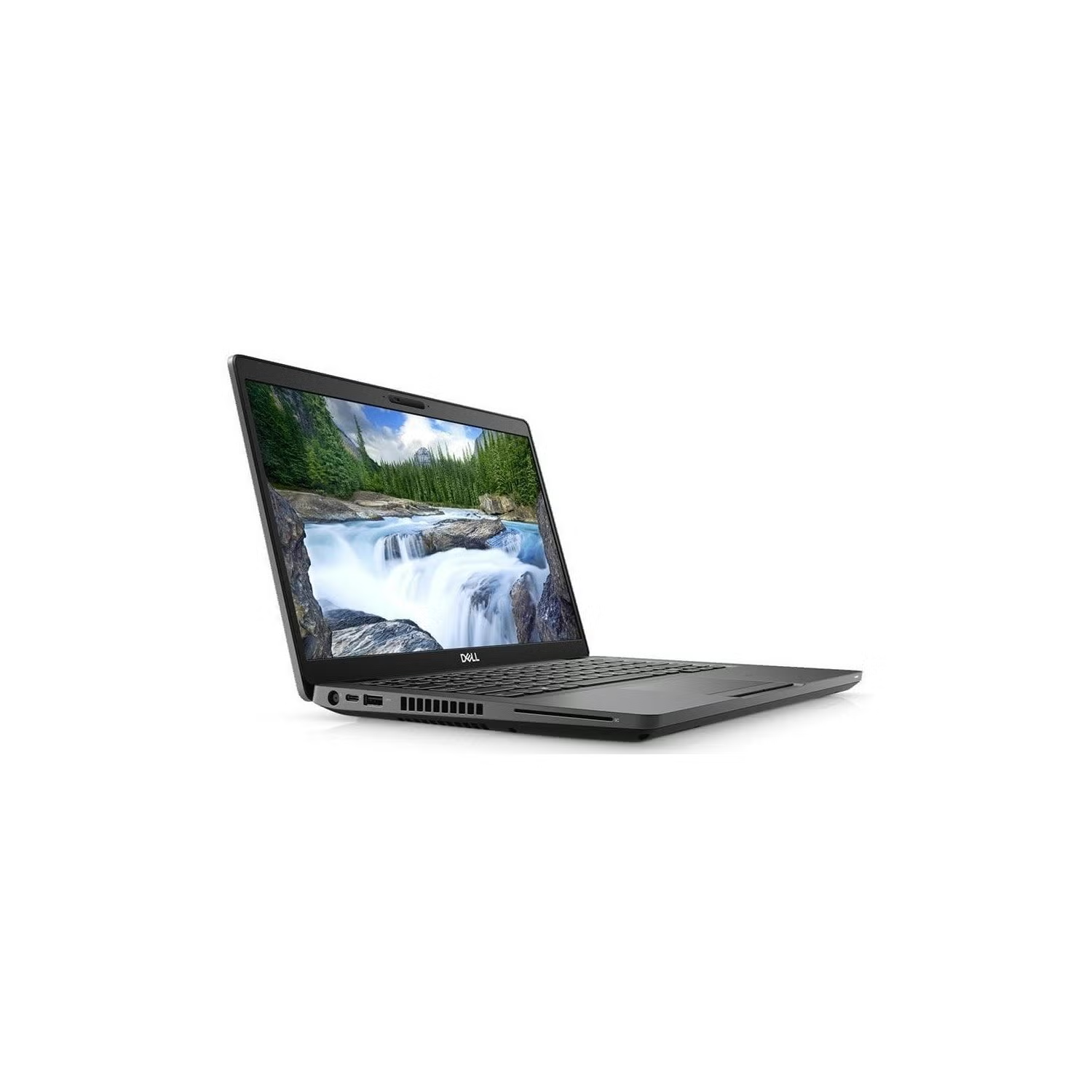
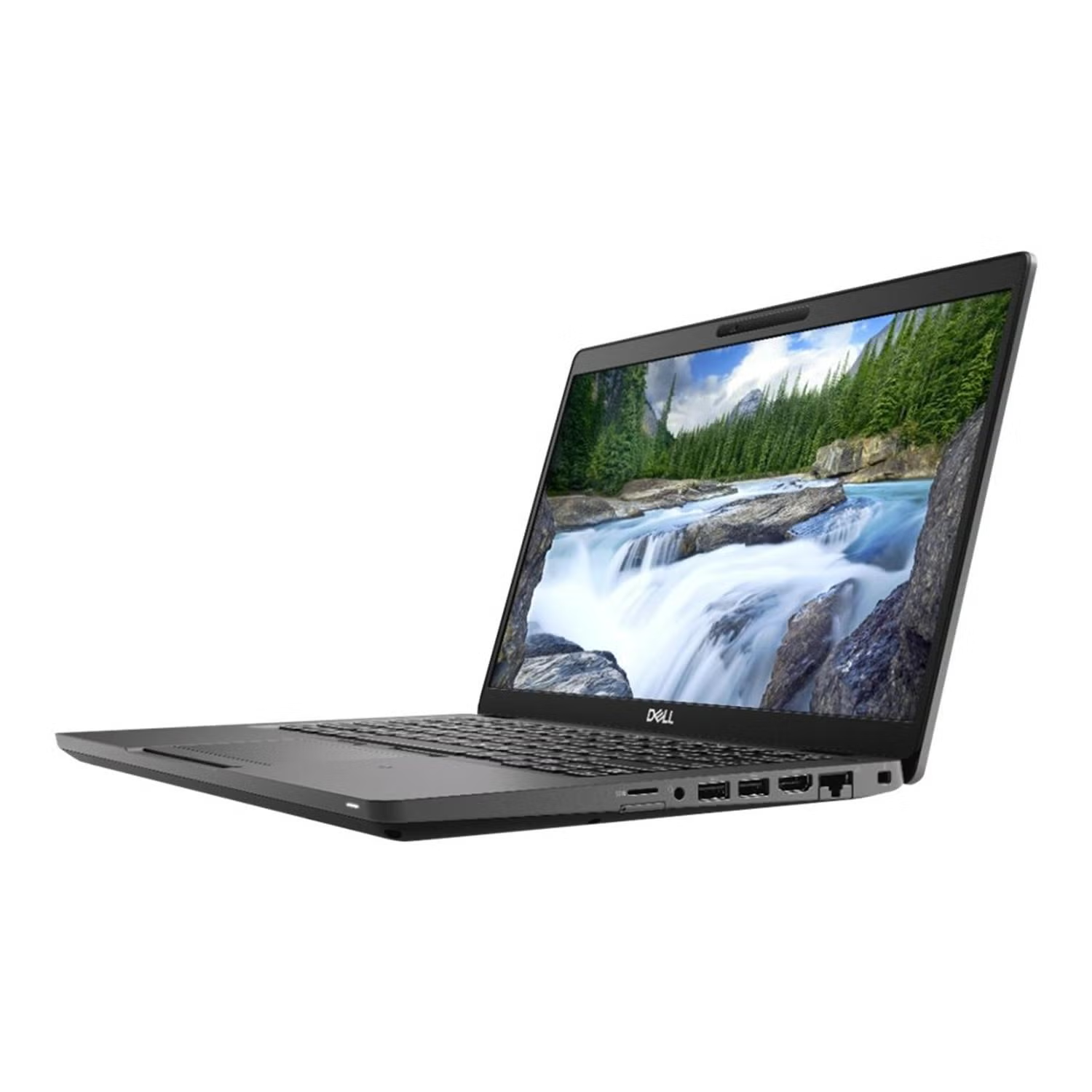



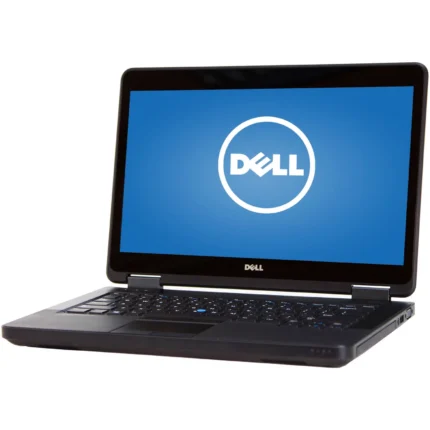
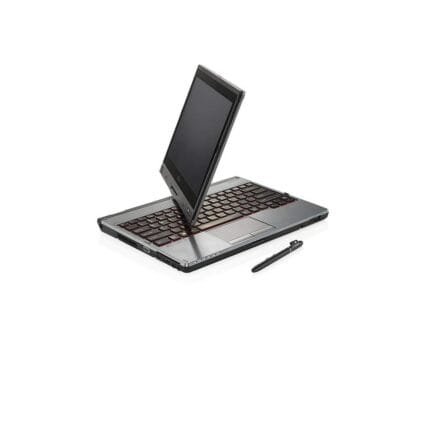
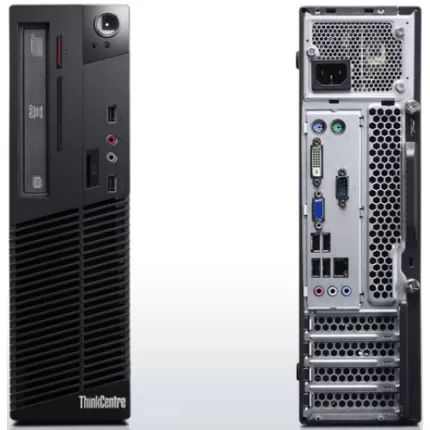
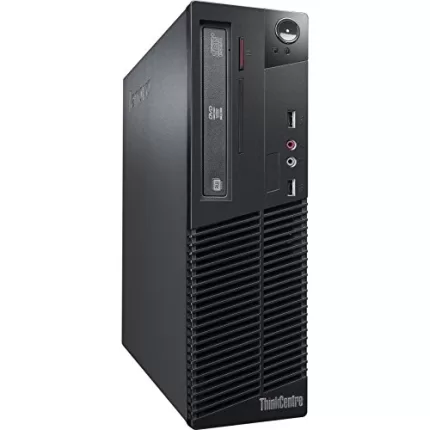
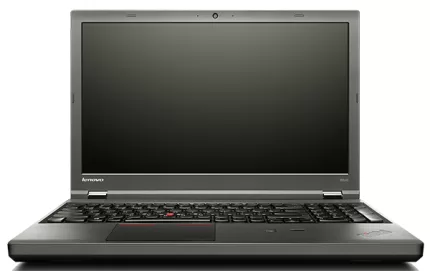
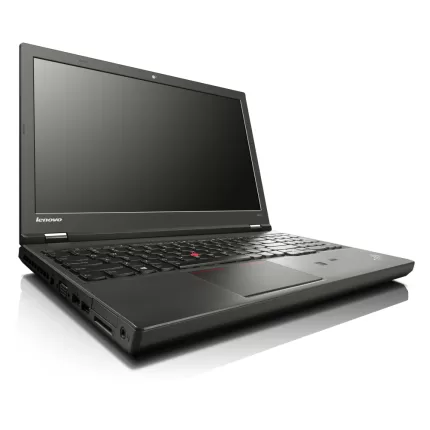



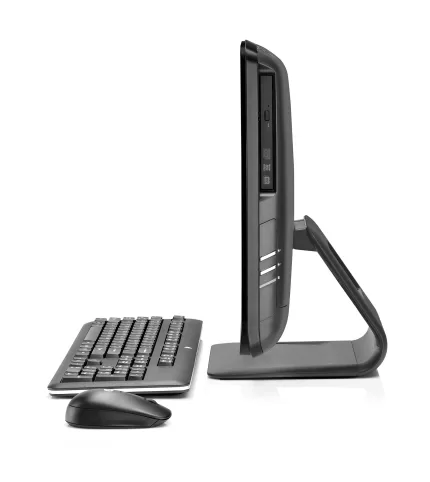




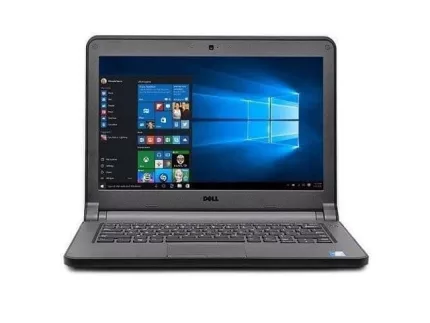
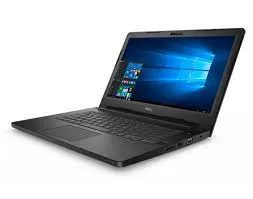













Reviews
There are no reviews yet.